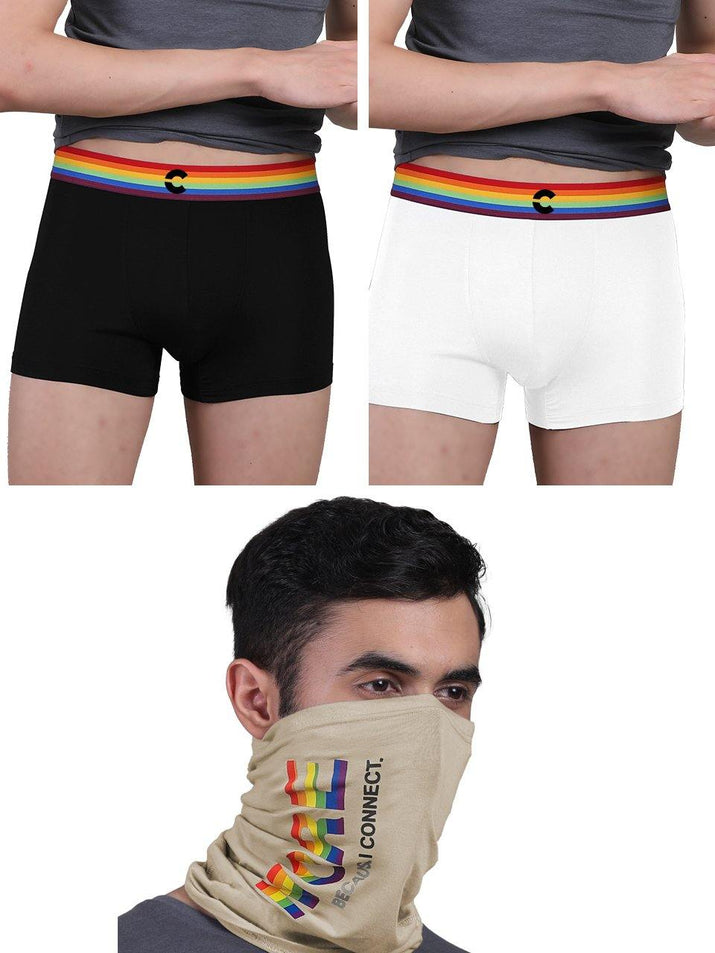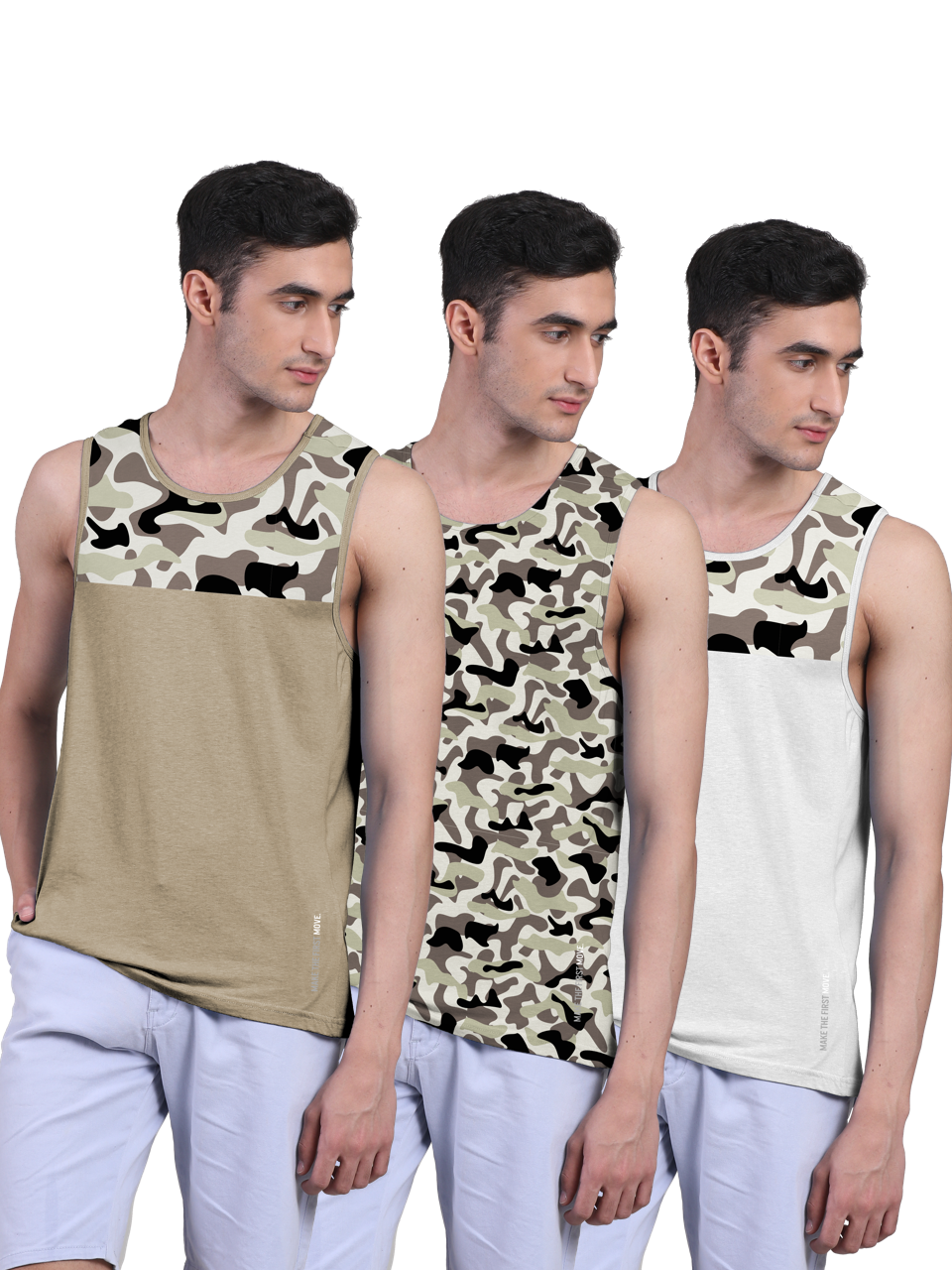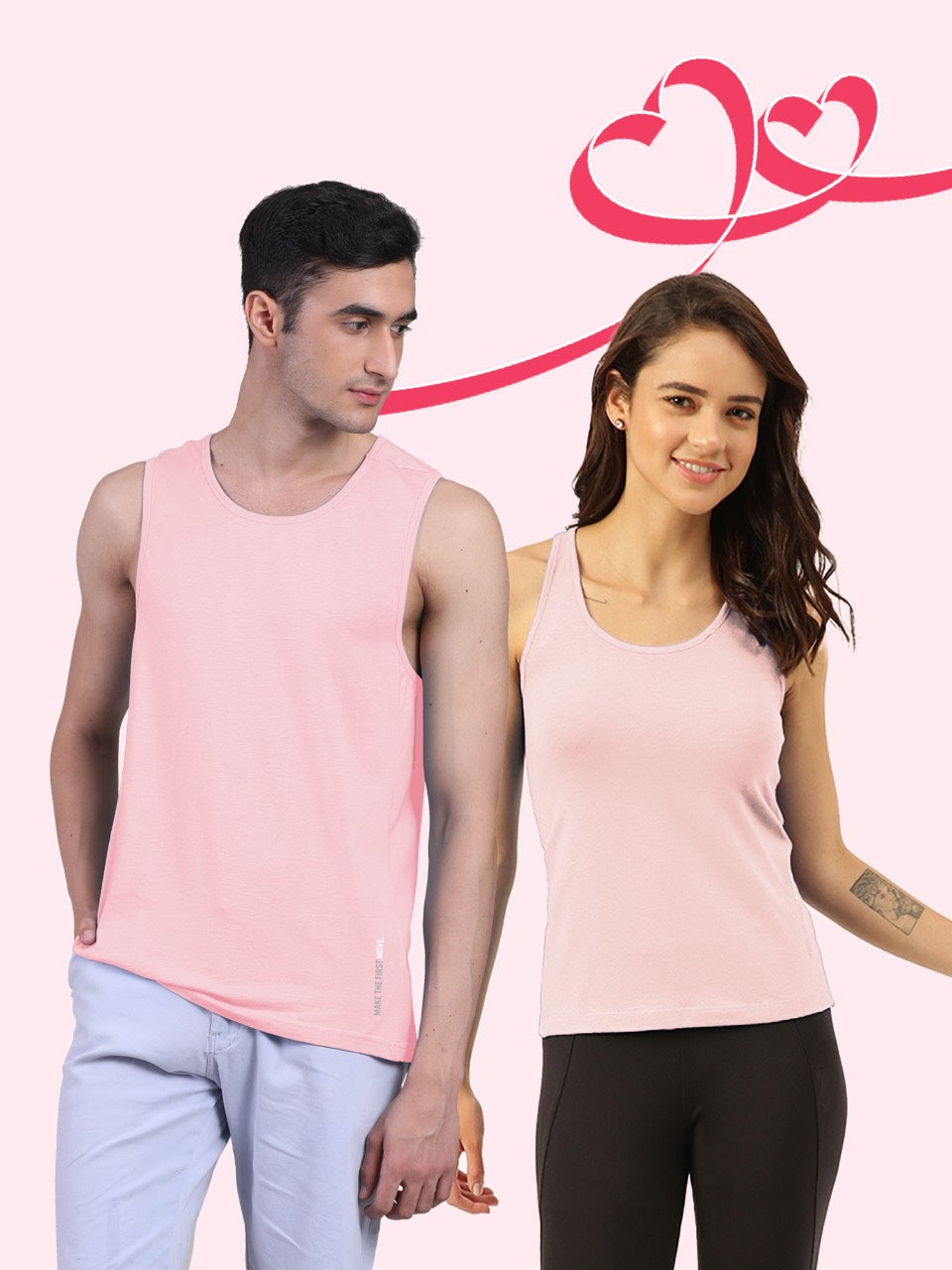Beyond mere headwear, the bandana's resurgence in menswear reflects a sophisticated understanding of adaptable style and practical sun defense. From the runways showcasing paisley prints tied jauntily around necks to the sun-baked trails where cyclists sport moisture-wicking bandanas under helmets, this accessory is experiencing a powerful renaissance. The modern bandana isn't just for cowboys or rebels anymore; think of the refined silk squares elevating streetwear looks or the performance-driven options integrated with UPF fabrics for outdoor adventures. Discover how this simple square of fabric unlocks a spectrum of possibilities, providing both sartorial flair and essential protection from the elements in today's diverse landscape.

The Enduring Appeal of the Bandana
The bandana. More than just a square of fabric, it's a symbol. A symbol of rebellion, of practicality. Increasingly, of sophisticated style. From cowboys and bikers to rock stars and runway models, the bandana has crossed cultural boundaries and cemented its place as a versatile accessory for men. Its enduring appeal lies not just in its rugged charm. Also in its functionality – offering sun protection and a touch of personality to any outfit.
Bandana Basics: Materials and Sizes
Understanding the basics of bandana construction is key to choosing the right one for your needs. Most bandanas are made from cotton, although you'll find variations in polyester, silk. Even blends. Cotton offers breathability and affordability, making it a popular choice for everyday wear. Silk bandanas, on the other hand, provide a luxurious feel and are often chosen for more formal or stylish occasions. Polyester bandanas are durable and quick-drying, ideal for outdoor activities.
The standard bandana size is 22 x 22 inches. This size offers the most versatility for various tying methods. But, you can also find smaller bandanas (20 x 20 inches) or larger ones (27 x 27 inches or larger) depending on your preference and intended use. A larger bandana offers more coverage for sun protection and can be tied in bolder styles.
Bandana Tying Techniques for Men
The way you tie your bandana significantly impacts its overall look. Here are a few popular methods:
- The Classic Fold: Fold the bandana in half diagonally, creating a triangle. Wear it with the point facing down, tied at the back of your neck. This is a timeless look, often associated with cowboys and the Wild West.
- The Headband: Fold the bandana repeatedly to create a long strip. Tie it around your forehead like a headband. This is a practical way to keep sweat out of your eyes during workouts or outdoor activities.
- The Neck Wrap: Fold the bandana into a triangle and wrap it around your neck, tying the ends in the front or back. This offers sun protection and adds a touch of style to a simple t-shirt.
- The Pocket Square: Fold the bandana into a square or triangle and tuck it into your jacket pocket. This adds a pop of color and personality to a more formal outfit.
- The Wrist Wrap: Fold the bandana into a strip and wrap it around your wrist, tying it securely. This is a subtle way to add a touch of edge to your look.
Bandanas as Sun Protection: A Practical Choice
Beyond style, bandanas offer valuable sun protection. The fabric acts as a barrier against harmful UV rays, shielding your skin from sunburn and potential long-term damage. This is especially vital for outdoor activities like hiking, biking, or gardening. When choosing a bandana for sun protection, opt for darker colors, which absorb more UV radiation than lighter shades. A tightly woven fabric will also provide better protection.
Consider this: a study published in the Journal of the American Academy of Dermatology found that tightly woven fabrics offer significantly better sun protection than loosely woven materials. So, while a sheer, lightweight bandana might look stylish, it won't provide adequate protection from the sun.
Styling a Bandana: From Casual to Contemporary
The versatility of the bandana allows it to be styled in countless ways, adapting to various occasions and personal styles. Here are a few ideas:
- Casual Cool: Pair a classic red bandana with a white t-shirt, jeans. Sneakers for a timeless, effortless look.
- Urban Edge: Opt for a black bandana tied around your neck with a leather jacket, dark jeans. Boots for a touch of rebellious style.
- Bohemian Vibes: Choose a paisley bandana and wear it as a headband with a flowy shirt, shorts. Sandals for a relaxed, bohemian look.
- Sophisticated Accent: Fold a silk bandana into a pocket square and pair it with a blazer, dress shirt. Chinos for a touch of unexpected elegance.
- Workwear Practicality: Use a bandana to keep sweat and hair out of your face while working outdoors, pairing it with durable clothing.
Choosing the Right Bandana Color and Pattern
The color and pattern of your bandana can significantly impact its overall effect. Classic red and navy bandanas are versatile and timeless, while black bandanas offer a more edgy and modern look. Paisley patterns are a popular choice, adding a touch of vintage charm. Solid colors are a great option for a minimalist aesthetic. Consider the colors in your existing wardrobe and choose bandanas that complement your personal style. Don't be afraid to experiment with different patterns and colors to find what works best for you. Remember, Fashion & Comfort are key.
Bandanas in Different Cultures and Subcultures
The bandana has a rich history, with different colors and patterns often holding specific meanings in various cultures and subcultures. For example, in the American West, bandanas were essential for cowboys, protecting them from dust and sun. In the 1970s, bandanas became a symbol of rebellion and individuality in the punk rock scene. Understanding these historical and cultural contexts can add depth and appreciation to your bandana style.
Caring for Your Bandana: Washing and Maintenance
Proper care will ensure that your bandana lasts for years to come. Most cotton bandanas can be machine washed in cold water and tumble dried on low. Silk bandanas should be hand washed or dry cleaned to prevent damage. Avoid using harsh detergents or bleach, as these can fade the colors and damage the fabric. Iron your bandana on a low setting to remove wrinkles. With proper care, your bandana will remain a stylish and functional accessory for years to come.
Real-World Applications: Beyond Fashion
The bandana's utility extends beyond just fashion. Here are some practical uses:
- Dust Mask: In dusty environments, a bandana can be tied over the nose and mouth to filter out particles.
- First Aid: A bandana can be used as a makeshift bandage, sling, or tourniquet in emergency situations.
- Sweatband: As noted before, a bandana can be worn as a headband to absorb sweat during workouts or outdoor activities.
- Signal Flag: In survival situations, a brightly colored bandana can be used as a signal flag to attract attention.
- Cleaning Cloth: A bandana can be used to wipe down surfaces or clean equipment.
Where to Buy Bandanas: Online and In-Store Options
Bandanas are readily available at a wide range of retailers, both online and in-store. You can find them at clothing stores, department stores, outdoor supply stores. Online marketplaces like Amazon and Etsy. When buying a bandana, consider the material, size, color. Pattern. Read customer reviews to get an idea of the quality and durability of the product. Compare prices from different retailers to find the best deal.
Bandanas: A Sustainable and Affordable Accessory
In a world of fast fashion, the bandana stands out as a sustainable and affordable accessory. Its durability and versatility mean that you can wear it for years to come, reducing your environmental impact. Compared to other accessories, bandanas are relatively inexpensive, making them an accessible way to add style and personality to your wardrobe. By choosing bandanas made from sustainable materials like organic cotton, you can further minimize your environmental footprint.
Conclusion
So, you're ready to rock a bandana, huh? Remember, it's more than just a trend; it's a statement. Before you head out, experiment with different folds – the "rebel roll" worked wonders for me at a recent music festival, keeping the sun off my neck while adding a cool edge. Consider investing in a few bandanas with different patterns; currently, paisleys and geometric prints are trending. Beyond the style, prioritize functionality. A bandana soaked in cold water can be a lifesaver during a summer hike. Ultimately, the best bandana is the one that reflects your personal style and serves your needs. Now go out there, explore. Let your bandana be a symbol of your adventurous spirit! Check out more style inspiration here.More Articles
Bandana – Versatile Accessory & Stylish PrintTees – Soft Cotton & Durable Fabric
Men's Trunks – Quick-Drying & Comfortable Waistband
Brief – Classic Fit & Enhanced Support
FAQs
So, what's the big deal with bandanas? Aren't they just for cowboys or something?
Not anymore! While they definitely have a history rooted in the Wild West, bandanas are super versatile these days. Think of them as a pocket-sized style chameleon – you can wear them on your head, around your neck, as a wrist accessory, or even tied to your bag. Plus, they offer a little sun protection too!
Okay, sun protection sounds good. But how effective is a bandana at actually blocking the sun?
It's better than nothing! A tightly woven bandana provides some UV protection, especially for your scalp and neck. Think of it as light armor against those rays. It won't replace sunscreen. It's a handy addition to your sun-smart arsenal, especially if you're bald or have thinning hair.
What are some cool ways a guy can wear a bandana without looking like he's trying too hard?
Good question! For a casual vibe, try tying it loosely around your neck like a scarf. Or, fold it into a thin strip and wear it as a headband – it's practical for keeping sweat out of your eyes. Tying it to your belt loop or backpack strap adds a touch of effortless cool too. Experiment and see what suits your style!
Are there different types of bandanas, or are they all the same?
You might be surprised! While the classic paisley cotton bandana is the most common, you'll find them in different materials like silk (for a dressier look) or moisture-wicking synthetics (great for workouts). There are also different sizes. So, yeah, a little variety exists!
What colors or patterns are trending right now for men's bandanas?
Classic colors like black, navy. Olive green are always a safe bet. But don't be afraid to experiment with bolder colors or unique patterns. Think geometric prints, subtle floral designs, or even tie-dye. It really depends on your personal style and what you're comfortable with.
How do I wash a bandana without it fading or shrinking?
Treat it gently! Hand washing in cold water is always the safest bet, especially for brightly colored bandanas. If you're using a washing machine, use a delicate cycle and avoid harsh detergents. Tumble dry on low or, even better, hang it to dry. That'll help keep it looking its best for longer.
Is it okay for, like, a 'normal' guy to wear a bandana? I'm not exactly a fashion icon.
Absolutely! The beauty of a bandana is that it's accessible and can be incorporated into any style. Don't overthink it. Start with a simple color and a basic fold. You'll be surprised how easily it fits into your everyday look. Confidence is key!






